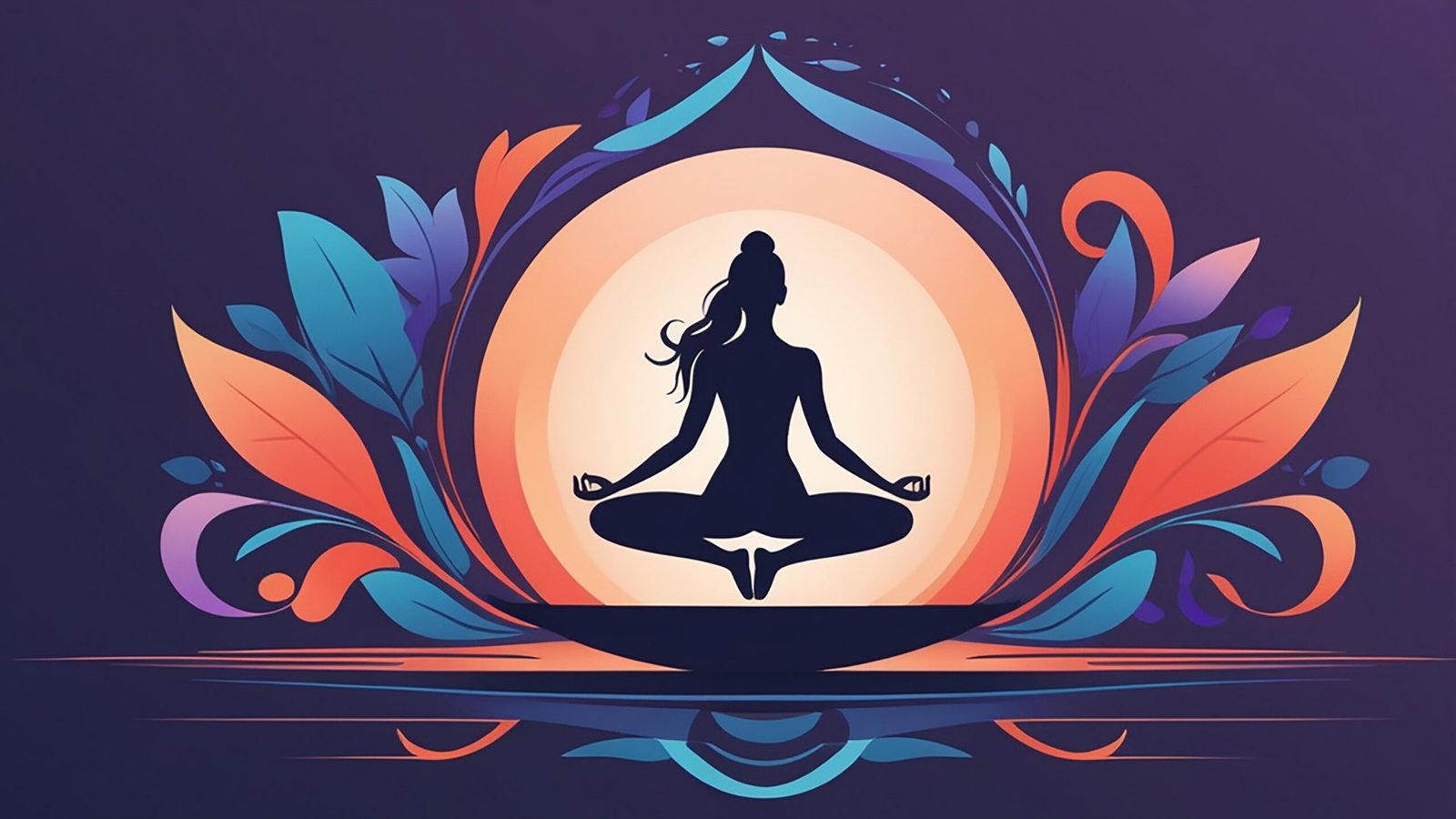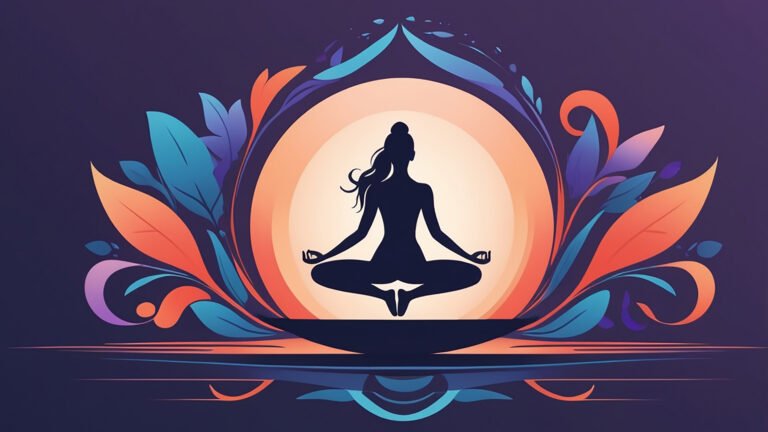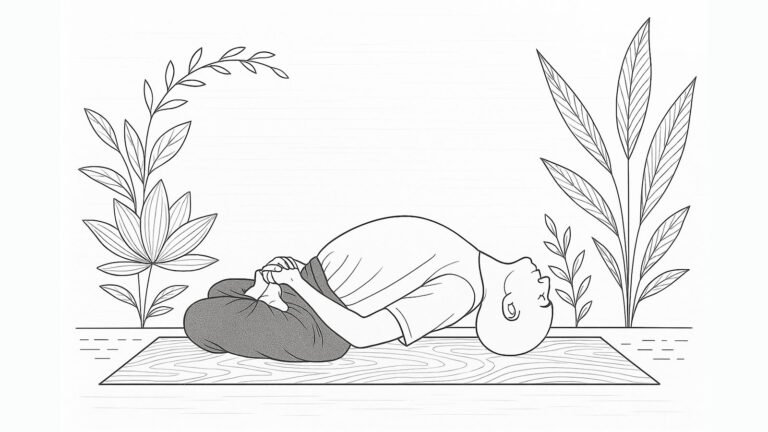— Introduction :
Gomukhasana (गोमुखासन), meaning Cow Face Pose, is a classical seated asana that symbolizes both humility and harmony within the practitioner. The name is derived from the Sanskrit words “Go” meaning cow and “Mukha” meaning face, as the positioning of the knees stacked over one another resembles the broad snout of a cow, while the arms reaching behind the back mirror its ears.
Beyond its symbolic form, Gomukhasana invites the yogi to sit in perfect stillness, cultivating a posture where opposites are balanced: tight hips with open shoulders, earthly grounding with upright alertness, and outer stillness with inner expansion. It is both a physical and subtle alignment — where the spine ascends effortlessly and the breath flows freely between the locked joints. Traditionally, this asana is seen as a tool to release stored emotions in the hips and shoulders, two primary areas where the body tends to hold unresolved tension.
From a spiritual lens, Gomukhasana helps awaken sushumna nadi by establishing a firm base through the sitting bones while aligning the spine like a central axis. The pose encourages the practitioner to bring together the lunar (left) and solar (right) energies symbolized by the crossed legs and bound arms. As the heart center gently opens and the breath deepens, the yogi begins to feel a return to simplicity, surrender, and sattva — the serene stillness that lies beyond effort.
— Step-by-step Instructions :
- Sit on the floor with your legs extended forward in Dandasana.
- Bend the left leg, bringing the left heel under the right buttock.
- Now bend the right leg and place it over the left, so that the right knee stacks directly above the left knee. Both feet should rest beside the hips.
- Stretch your right arm up, bend the elbow, and take the hand down behind the back.
- Simultaneously, bring your left arm behind from below and clasp the fingers of both hands behind your back (or use a strap if necessary).
- Keep the spine erect, chest open, and head facing forward.
- Breathe slowly and deeply, maintaining the posture for 30 seconds to 1 minute or more.
- To release, gently let go of the hands and straighten the legs.
- Repeat the same steps on the opposite side, switching arm and leg positions.
— Physical And Mental Benefits :
- Deeply opens the hips and shoulders
- Improves posture and spinal alignment
- Enhances shoulder joint mobility and relieves stiffness
- Stretches the chest, arms, thighs, and ankles
- Activates and aligns the chakras, especially the heart (Anahata) and root (Muladhara)
- Helps release emotional tension stored in the joints
- Induces a meditative state and improves focus
— Precautions to Keep in Mind :
- Avoid if you have severe knee, hip, or shoulder injuries
- Those with frozen shoulder should modify with a strap or avoid full bind
- Not recommended for individuals with sciatica or inflamed joints
- Women during pregnancy or menstruation should consult guidance before practicing
- Always warm up the shoulders and hips before deep practice
— Beginner’s Tips :
- Use a strap or towel to bridge the gap between the hands
- Sit on a folded blanket or bolster to ease knee pressure
- If the knees don’t stack, focus on alignment and breath rather than force
- Practice shoulder openers and hip stretches regularly to improve flexibility
- Close the eyes and hold the posture with gentle inner awareness
— Best Time to Practice :
- Ideal during early morning or evening practice
- Can be practiced before or after pranayama or meditation
- Best done on empty stomach or 3–4 hours after a meal
— Advanced Variations :
Fold forward from the hips to deepen the hip stretch (Gomukhasana forward bend)
— Wrapping Up :
Gomukhasana is more than a physical pose — it is an offering of the self into stillness. As the knees align and the arms bind, the practitioner experiences the gentle unraveling of resistance and the rising of clarity. It is a space where the external structure nurtures internal freedom, guiding the yogi toward a place of steadiness and spiritual receptivity. In the calm face of this asana lies the spirit of Yog — rooted, open, and ready to receive.



I have seen and observed the wed site. I found your keen interest in yog activities. I am really proud of you that you have shown your deeper enthusiasm in Yog.
Thank you, Hasmukhbhai, for your kind reply.
It will work as an inspiration for me.